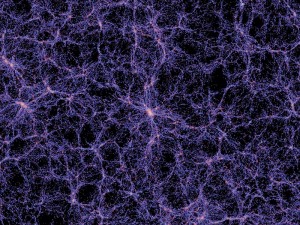
“The universe is what it is, and we’re trying to find out what it is,” John Huchra told me. “The explorers of the new world weren’t trying to prove theories, they were looking at what was out there.”
Huchra was an observational astronomer, as opposed to a theorist. Theorists say that, given physics, the universe ought to look like this. Observers go to telescopes and look, and report back, no, actually it looks like that. Theorists put those observations into a theory and say, then if so, you observers should also see this other thing. Observers look and say, yes but it looks more like that thing. And so on, back and forth, their court, our court, until the whole tennis game – Huchra liked the word, “game” — results in a theory, an explanation, a lovely story we can all believe because it’s so thoroughly grounded in observations. Continue reading
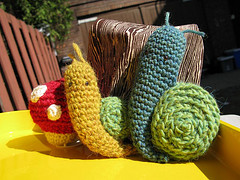
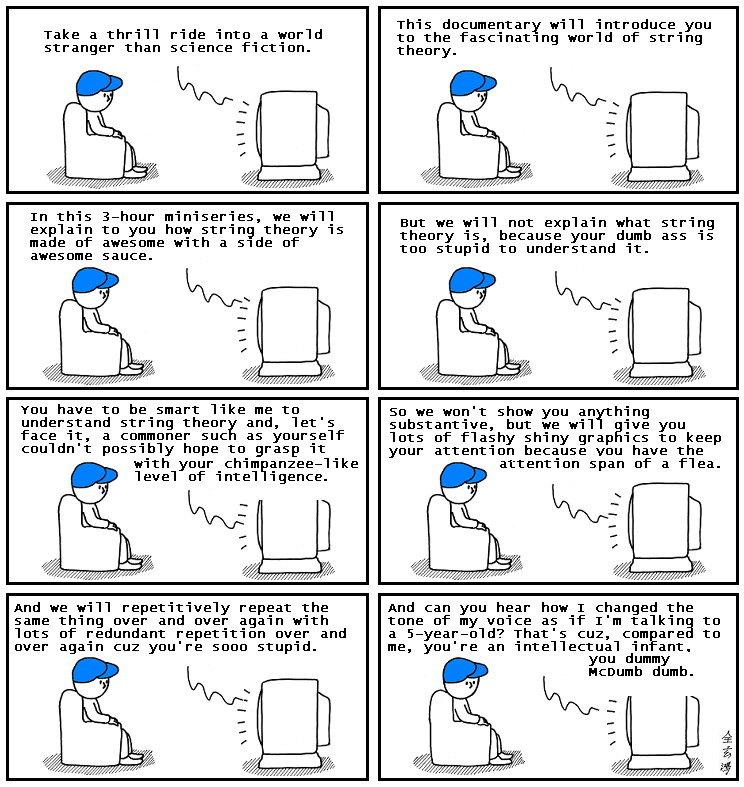
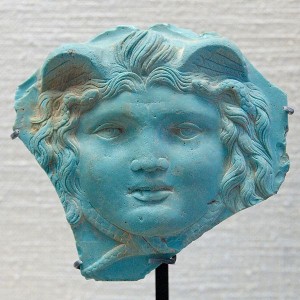


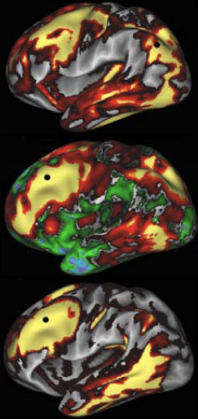 In the mid-1990s, neuroscientist
In the mid-1990s, neuroscientist 